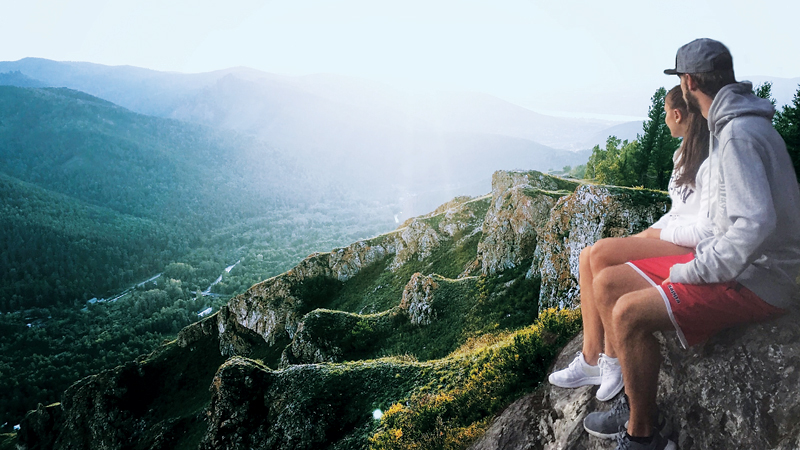THE GOOD OLD SUMMER TIME – Life In The Outdoors

It’s summer time. The summer solstice, the longest day of the year, the day when day and night are of equal length, has passed. Now every day is a few minutes shorter though the difference is not noticeable from one day to the next.
It’s summer time. Broadleaf trees support canopies of green leaves, bushes are stacks of greenery. Maples have shed their winged seeds, oaks and walnuts are beginning to grow nuts, apples and other fruit trees are growing fruit.
The barn swallows that nest in our barn have produced one brood and are feeding nestlings of a second brood. The young of a pair of robins that built a nest on a beam under the eve of our barn are out of the nest. I’ve seen them on the lawn, hopping after the adult birds, learning to find and get worms and beetles and other fare for themselves.
A robin with head cocked appears to be looking at the ground with one eye but it’s not. It’s listening, or so they say, though I don’t know how anybody can tell whether a robin is looking or listening nor do I know how a young robin can tell that one of its parents, the parent it’s following, is looking or listening.
We pay a neighbor boy every other week to mow the grass in our yard, and the clover and plantain and other vegetation. Our lawn is a smorgasbord of grass and other vegetation, weeds. We’ve been advised to spray the lawn with weed killer, but we’re prejudiced against using chemicals so we live with the weeds, and the ants and beetles, wood ticks, and other critters that live in the grass and the ground beneath the grass.
Other birds have nests in the trees and bushes of our yard. I haven’t found other nests but cardinals and house wrens sing from the trees and bushes around our house, indicating that they have nesting territories and nests.
Many birds, black-capped chickadees, white-breasted nuthatches, house finches, downy and red-bellied woodpeckers, blue jays, ruby-throated hummingbirds and house sparrows come to our bird feeders daily and must have nests in the trees and bushes of the yard. For these birds, and because we like to see them, we stock the feeders year-round.
Tree swallows fly in and out of holes in the trees around the marsh by our pasture and male red-winged blackbirds call from the cattails. A pair of mute swans had a nest, a platform of flattened cattails, on one side of the marsh. Now the eggs have hatched, the cygnets are able to swim and the adults lead them about the marsh throughout the day.
The swans are dominant and drove ducks and geese out of our marsh. But on other marshes ducks have ducklings and geese have goslings.
A great blue heron, sometimes two, visit our marsh regularly but they don’t nest there. Great blue herons build large bulky nests of sticks in the tops of trees. They nest together in rookeries, often several nests in a single tree. I have visited great blue heron rookeries and been splattered with excrement when walking beneath the nests. But I don’t know presently of any great blue herons’ rookery.
It’s summer time. Mosquitoes and flies, house flies and barn flies and deer flies and horse flies, are out and about and annoying. Butterflies are active during the day and at night lightning bugs flash. Also at night, moths circle about outdoor lights.
It’s summer time. Frogs croak out in our marsh and sometimes leave the marsh. Turtles sun themselves on downed tree branches in our marsh when the sky is clear and the sun is shining brightly. Turtles also sometimes leave the marsh and wander. Tree frogs call daily when the weather is fair.
All in the good old summer time.
- Birds As Weather Forecasters – Life In The Outdoors - December 17, 2021
- Rare Bird Spotted In Indiana – Life In The Outdoors - October 8, 2021
- MY EXPERIENCE WITH DEER – Life In The Outdoors - July 30, 2021


